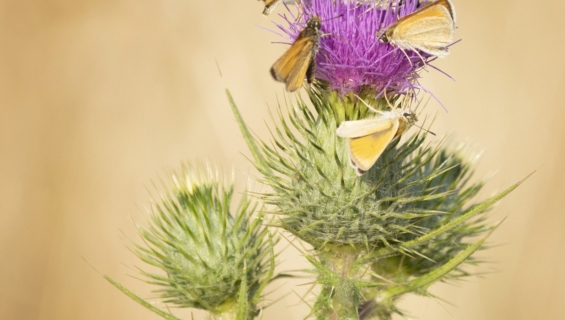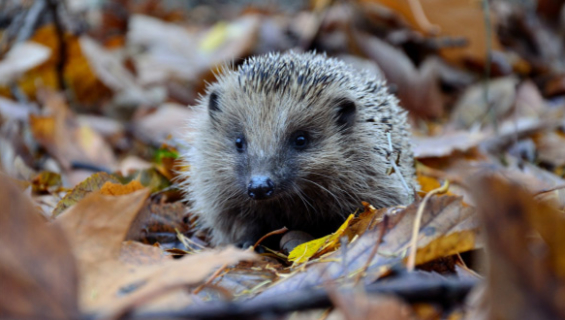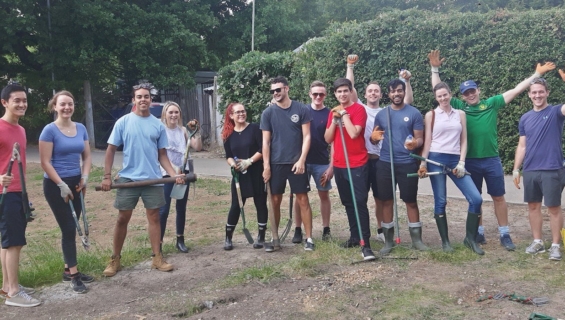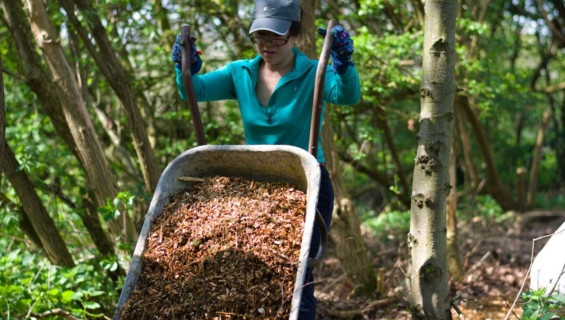Urban greening
Urban greening or more simply, turning urban areas green, helps combat air and noise pollution, soak up rainwater that may otherwise create flooding, create habitats for local wildlife, increase community cohesion and reduce anti-social behaviour. Urban greening also has positive impacts on health and wellbeing, as well as offsetting some of the carbon emissions and lower ambient temperatures that would otherwise contribute to climate change.
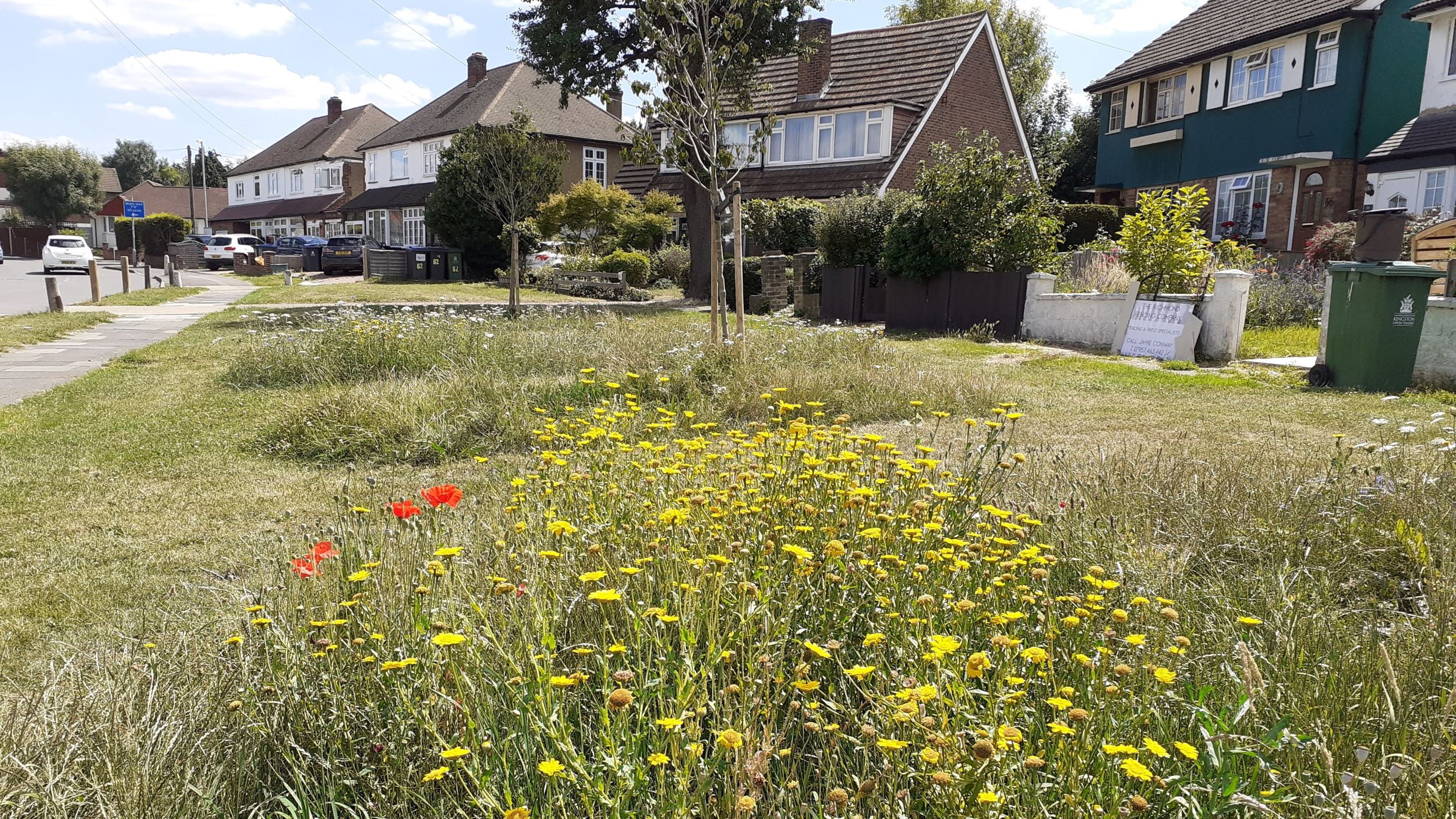
London is one of the largest metropolitan areas in Europe, and growing rapidly. The Mayor’s new London Plan makes no secret of the fact there is pressure to turn greenfield and brownfield sites into homes, schools, hospitals and places of work which in turn will lead to few opportunities to create more traditional parks and nature reserves. As this development intensifies, it is important to consider and take steps to mitigate against the impact urban growth and development is having on the fragile habitats and wildlife of south and west London.
We engage and empower communities to restore and enhance green and urban spaces to benefit nature, wildlife and people. We are currently working to enhance many small spaces across south and west London and improve nature corridors.
Habitats & Heritage, supported by partners and local communities, is improving a multitude of small spaces to enhance their value for nature, acting as steppingstones and refuge sites between larger green spaces and making more connected highways for wildlife.
For more information on our urban greening work visit our Green Hubs project page
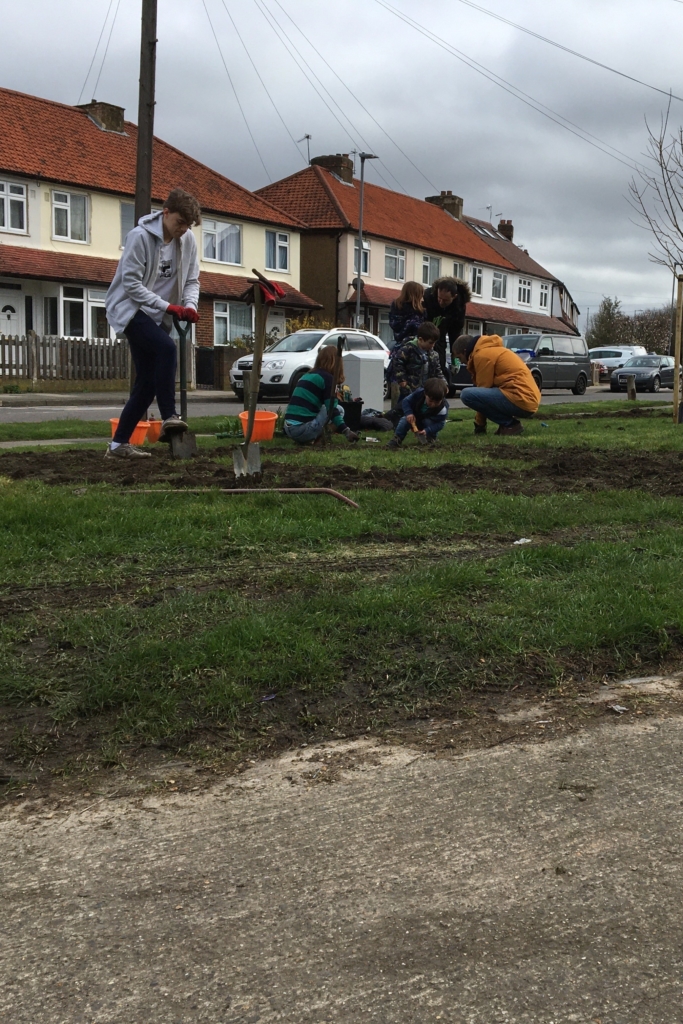
Explore our current projects and find out how to get involved:
Make a difference
We need your help to take care of the local landscapes, heritage, wildlife and ecosystems of south and west London and ensure we can protect and enhance them for future generations.
Keep in touch!
Sign up for our monthly newsletter and be first to hear all the news, opportunities and events from the Habitats & Heritage community
